Description
- Includes both 24″ and 8″ rear wheels and quick release axles
- Available in 16″, 18″, and 20″ seat widths
- Swing-away footrests and anti-tippers standard
- Ships with two sets of wheel locks
Key Specs
- Overall Width – Folded: 12″
- Quick-Release Axles: Yes
- Weight capacity: 250 lbs.
- Weight: 34 lbs.
Overview of the Poly-Fly
The Poly-Fly transport wheelchair from Drive Medical can be used as both a transport wheelchair and a standard wheelchair. With a push of the quick-release axles, the full-sized 24″ wheels can easily be removed to transform the chair into a transport chair with 8″ wheels. Dual brakes, desk length removable armrests, a fold-down backrest and swing-away removable footrests all combine to make for a portable and high-quality chair, with great flexibility for both user and caregiver.
*Formerly the Pollywog wheelchair
Measuring Guide
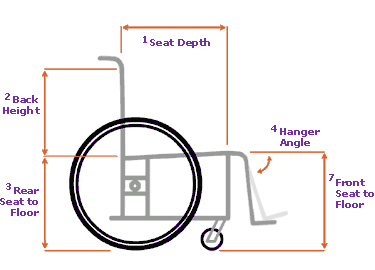
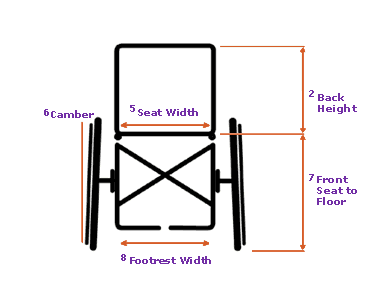
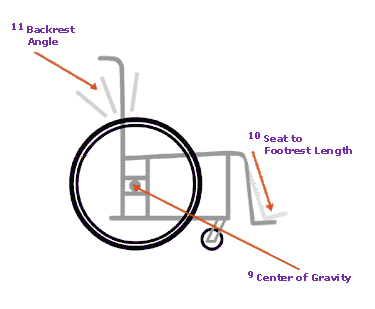
- Seat Depth1
- Measure from the most posterior point of the body to the inside of the knee, minus at least two inches. Some prefer more leg overhang to make room for their hand when lifting their leg.
- Back Height2
- Measured from the seat base to the top of the wheelchair back. Depends on how much upper back support is needed, and also affects freedom for the upper body to rotate.
- Rear Seat to Floor3
- Measurement from the ground to the rear seat edge. Relative to the front seat-to-floor dimension, this determines the rearward slope (“dump” or “squeeze”) of the wheelchair seat.
- Hanger Angle4
- Determines how far the toes extend away from the body, measured from the horizontal. A tighter angle allows the wheelchair to turn around in less space. Depends in part on ability of the knee to bend towards the perpendicular.
- Seat Width5
- Determined by the widest point of the body from knee to hip, plus an inch to ensure room to move. Consider bulk of clothing, particularly a heavy winter coat, if relevant.
- Wheel Camber6
- Angle of the wheel relative to the vertical. More camber improves stability and agility, but also limits ability to pass through narrow spaces. A typical daily wheelchair uses three degrees of camber.
- Front Seat to Floor7
- Measure the leg from the back of the knee to the sole of the foot. Then subtract the thickness of the cushion when it is compressed. Next, add a minimum of two inches for footrest clearance. Do not add the footrest clearance if the wheelchair will be foot-propelled.
- Footrest Width8
- Measure from the inside of each legrest tubing the distance or desired distance between legrests.
- Center of Gravity9
- Measure from the front of the seat back post to the center of the rear axel.
- Seat to Footrest Length10
- Measure from the edge of the seat upholstery to the top rear of the footrest.
- Backrest Angle11
- Measure the the angle of the back post to the floor. Ninety degrees will be perpendicular to the floor, to approximate the angle from the back post to the seat, subtract two degrees from measurment for every .5″ of dump.

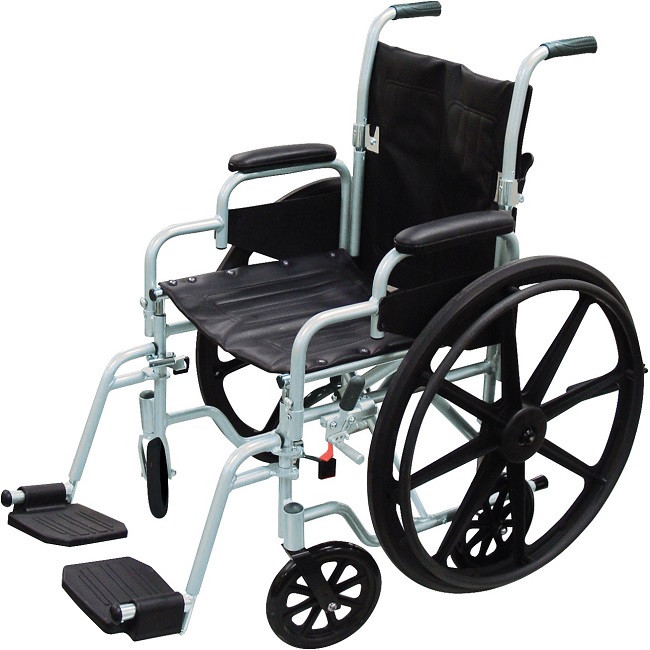
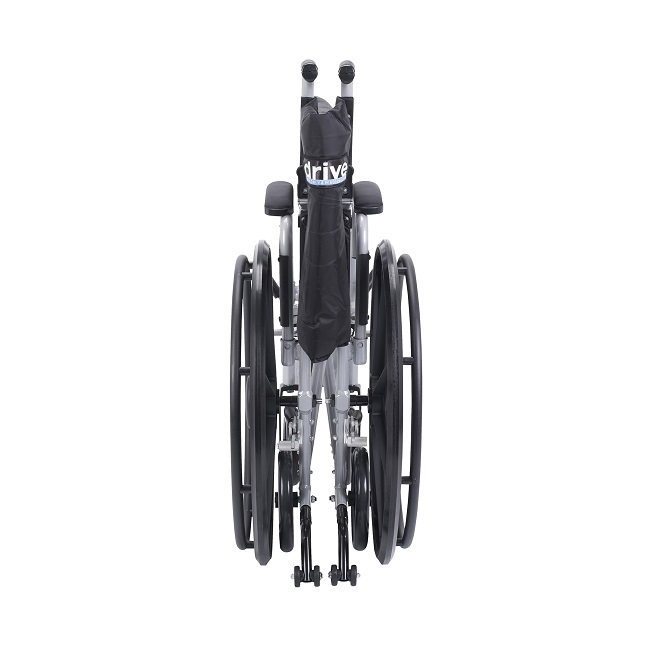
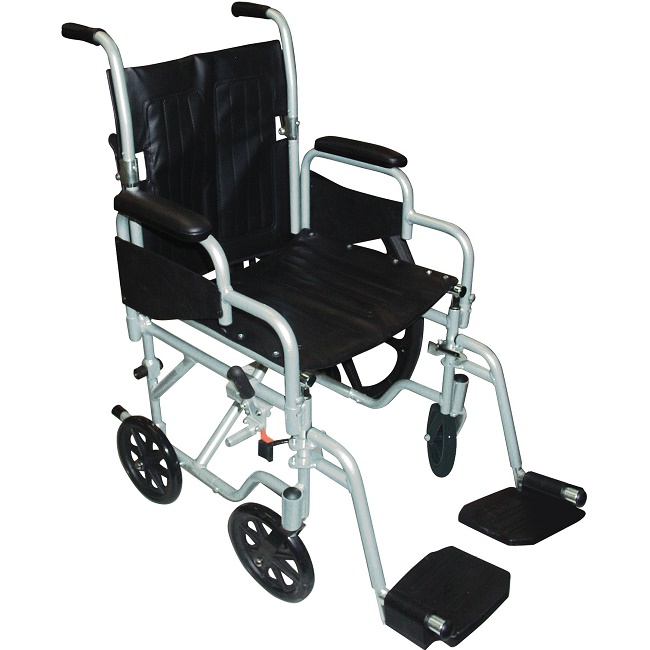



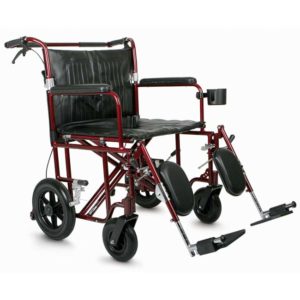


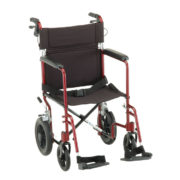
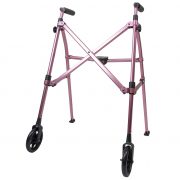
Reviews
There are no reviews yet.